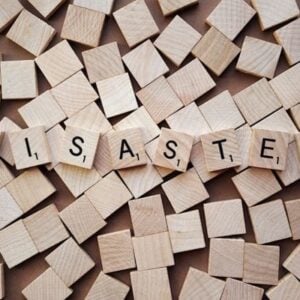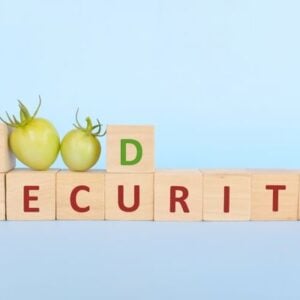The UNDRR’s Stop Disasters online game immerses players in the role of a disaster risk manager, giving them the chance to make critical decisions under time and budget constraints. In just 10–20 minutes, players face real-world challenges such as planning evacuation routes, upgrading facilities, and preparing communities, all while balancing limited resources. The game is strategic, emotionally engaging, and offers a realistic glimpse into the responsibilities of civil protection professionals.
Players quickly recognize that every decision matters. Choices about where to build shelters, reinforce schools, or invest in safety measures have immediate and visible consequences. This hands-on approach allows users to experience the cause-and-effect dynamics of disaster preparedness, making abstract concepts tangible. Many players report an emotional response, highlighting the human side of risk and the weight of responsibility involved.
Stop Disasters covers multiple hazards, including tsunamis, earthquakes, wildfires, floods, and hurricanes, each with unique challenges. Its short, 10–20-minute rounds make it ideal for classrooms, workshops, or even casual play, while the simple controls and clear messaging make it accessible to children and adults alike. The game also encourages replayability, allowing users to experiment with different strategies and trade-offs, observing how each decision influences outcomes.
Beyond individual learning, the game serves as a collaborative tool. In workplaces, it helps teams build a shared language around disaster risk reduction, while professional trainings condense years of field experience into an interactive format for emergency responders. Academic institutions can integrate the game into curricula for students studying disaster management, while communities can use it as an engaging public education tool. Even in informal settings, the game offers a fun, educational experience for families and friends interested in understanding and preparing for natural hazards.
Overall, Stop Disasters combines strategy, education, and emotional engagement to transform how individuals and groups understand and act on disaster risk management.







